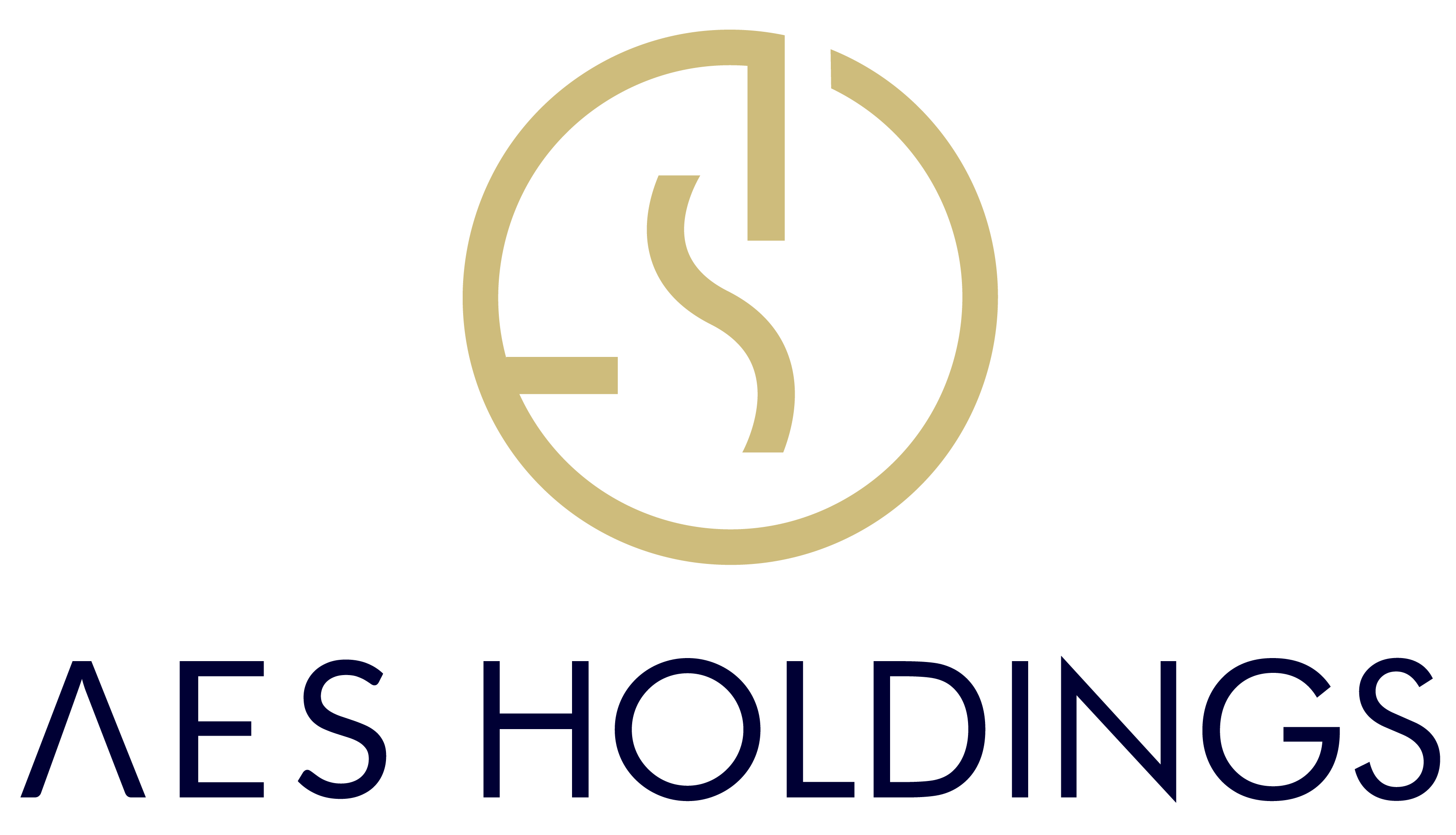
How to Build a Winning Innovation Strategy: Top 3 Building Blocks
Markets shift fast; products fade quicker. An innovation strategy supplies direction, secures capital, and unites talent. Without a framework, creativity scatters, budgets balloon, and timelines drift. AES Holdings views strategy as the guardrail that channels imagination toward revenue and social value.
What Makes an Innovation Strategy Successful
Success hinges on three building blocks—customer-centric thinking, agile culture, and steady investment in emerging tech. Nail those, and the rest falls in line: Miss one and progress stalls.

Customer Centric Thinking
Great ideas start at the buyer’s desk. Teams at AES Holdings run ethnographic interviews, data dives, and rapid prototypes. Insights reveal pain points, hidden desires, and willingness to pay. Product teams then sketch solutions that solve clear problems rather than chasing trendy buzzwords. Outcome: stronger market fit and shorter sales cycles.

Agile Processes and Culture
Speed outruns size every time. An agile culture favors short sprints, cross-functional squads, and transparent backlogs. Decision cycles shrink from months to weeks. Failure earns analysis, learning, and swift iteration. Authority sits close to the work, so front-line engineers fix issues without climbing an approval ladder—the result: momentum.
Investment in Emerging Technologies
Vision means little without firepower. AES Holdings earmarks a fixed share of annual revenue for R&D across AI, quantum security, and sustainable materials: a venture arm scouts campus labs, seeding start-ups that complement corporate domains. Early bets deliver optionality, while later rounds secure ownership of critical IP.

Aligning Innovation with Business Goals
Every project feeds a bigger story—market share, margin lift, or strategic resilience. Finance sets hurdle rates; portfolio councils map risk versus payoff; roadmaps place exploratory work beside incremental upgrades. Alignment safeguards focus and calms investors.
Common Pitfalls to Avoid in Innovation Planning
- Shiny-object rush — chasing hype without customer evidence.
- Budget choke — slashing funds mid-cycle, which kills morale.
- Silo mindset — hoarding knowledge inside one division.
- Metric fog — tracking vanity outputs rather than value creation.
Spot pitfalls early, correct the course, and move forward.

Measuring the Success of Your Innovation Strategy
Metrics answer three questions: did we solve a customer problem, capture value, and learn for next time? AES Holdings tracks lead-time to concept proof, conversion rate at launch, lifetime margin per release, and knowledge reuse across teams. Dashboards share data in real time; quarterly reviews drive resource shifts.
Case Studies of Effective Innovation Strategies
- Predictive maintenance platform — Manufacturing arm cut downtime by twenty percent after embedding IoT sensors and AI models, forecasting equipment wear. Customer satisfaction soared, and service contracts expanded.
- Digital mortgage product — Fintech unit sliced approval time from weeks to hours, lifting market share in a crowded field. Revenue rose while default rates remained stable.
- Genomic nutrition venture — Health subsidiary partnered with a university lab, delivering personalized meal plans, boosting subscription retention to ninety-two percent.

Long-Term Impact
Innovation never ends at launch. Post-release teams gather usage data, refine features, and expand into adjacent segments. Intellectual property feeds defensive moats, while spin-off services open fresh revenue streams. Culture shifts from one-off excitement toward disciplined repeatability.
Customer clarity, agile momentum, and tech investment form the trio powering AES Holdings’ innovation engine. Leaders who embed those blocks convert bold ideas into compounding growth, again and again.


